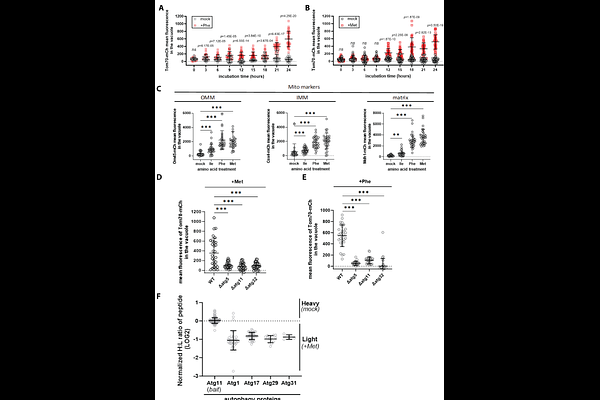Methionine-triggered growth arrest reveals activation of Gcn2 by methionine transporter endocytosis

Methionine-triggered growth arrest reveals activation of Gcn2 by methionine transporter endocytosis
Hepowit, N. L.; Singkhek, H. L.; Johnson, D. J.; MacGurn, J. A.
AbstractCell growth checkpoints require coordination between multiple sensing and signaling systems to ensure that cells only proceed with growth and division when conditions are favorable and adequate resources are available. This coordination between nutrient sensing and growth signaling is fundamental to understanding how nutrient supply regulates the cellular metabolic economy. Much of our current understanding is driven by studies that examine the cellular response to nutrient deprivation. For example, TORC1 activity promotes cell growth when amino acids are available, but amino acid deprivation decreases TORC1 activity resulting in activation of catabolic activities. In this study, we examine how cells respond to stimulation with excess amino acids. We report that stimulation with excess Ile, Phe and Met slows cell growth and triggers a G1 cell cycle arrest. Similar to a starvation response, surplus Ile, Phe and Met induce autophagy and trigger decreased TORC1 activity. In the case of stimulation with excess Met, the Gcn2 pathway is required for growth arrest, autophagy induction, and TORC1 dampening. Unexpectedly, Gcn2 is activated by stimulation with excess Met, and this activation requires endocytosis of the methionine transporter Mup1. These results indicate that endocytosis of an amino acid transporter is required to activate the Gcn2 pathway, providing an example for how nutrient transporter trafficking may function as a sensor contributing to cell growth control.